While the rest of Berlin was watching 7,000 balloons ascend poetically from the the line of the former Berlin Wall I was pulling my mouth open as far as I could for Gerhard Gneist, my dentist (pictured above in his Berlin-Wittenau surgery) to see the gaping hole left when a chunk of one of my dead teeth fell out a couple of hours earlier. Yes, bizarre as it may sound, we were celebrating the fall of the Berlin Wall, at least we were about to do so at the Kurpfalz Weinstuben in Berlin-Wilmersdorf, just off the Ku’damm (West Berlin’s main drag).
Gerhard and I go back a long way, in fact just a few days short of the twenty years that Berlin has been my base. At that point it was very difficult to find any dentist in the city willing to take on new patients and Gerhard was the only one I could get an appointment with. The timing for that first appointment was all wrong, because I had to go for my first appointment with him straight after a pretty serious wine tasting. As I sat down in the big white chair and he peered into my mouth I was sure he would smell alcohol. Then he asked me, “do you by any chance drink a lot of…tea, because there’s a brown stain on your teeth.” I explained to him that he was spot-on about that, but that he might also be able to smell the alcohol from the wine tasting. He admitted that he couldn’t, but was more of a beer drinker, which was logical since he comes from the beer city of Hamburg.
After that Gerhard did a lot of root canal treatment on me – I can still see all those needles going deep into my jaw! – that left me with the dead teeth. In return, I introduced him to German Riesling and the wine world, beer lost much of its appeal to him and bit by bit he built up a pretty serious wine cellar. Unfortunately, one of those dead teeth collapsed punctually for the 25th anniversary of the fall of the Berlin Wall, which was much less poetic than all those balloons. But as I said, NO, this blog is NOT about Dentistry, it’s about wine, so back to that celebration…
A dozen friends and I gathered in the Kurpfalz Weinstuben (one of the city’s best wine bars) last night to drink a string of wines from the 1989 vintage and a handful of other bottles that seemed desperately in need of having their corks removed by force. We only had one red, but thanks to the generosity of the Kurpfalz’s ruler Rainer Schultz, pictured above, it was 1989 Château Mouton Rothschild, one of the richest and most meaty wines of that vintage in Bordeaux. It also smelt like an entire pack of Hells Angels dressed in leathers; an aroma that will either turn you on or completely turn you off. “Thank you Rainer! That’s a beautiful wine!” exclaimed Vuk Karadzic, the Berlin photo-artist. “No, you’re the beauties!” Rainer retorted with great conviction.
From there we proceeded to the lighter Rieslings, of which the 1989 Wallufer Walkenberg Riesling Spätlese from J.B. Becker in the Rheingau was definitely the group’s favorite. It’s now almost dry and remarkably vigorous in flavor with dried apricot (the dark ones, not the bright orange stuff) and quince bread character. The trio of Riesling Auslese that followed were anything but light, but they made me completely forget my damned tooth. It was hard to believe that the 1989 Saarburger Rausch Riesling Auslese from Zilliken on the Saar was only the 8th best wine this producer made that year so amazingly fresh and floral did it smell, but the number 8 printed in bold type on the label left me in no doubt about that fact. “The wine is so wild, but so very elegant,” was the fitting comment of Frank Krüger from the Berlin wine merchant Wein & Glas. When it was young the intensity and brilliance of the 1989 Maximin Grünhäuser Herrenberg Riesling Auslese Nr. 137 were almost too breathtaking, but a quarter of a century of aging have turned those qualities into something super-fine and super-erotic. It was hard to believe that the 1989 Scharzhofberger Riesling Auslese Gold Cap from Egon Müller could top that, but it did with its supernatural concentration of dried fruit aromas and a balance which turned that awesome power into something mere humans like us can savor and swoon about. The photo above shows Roy Metzdorf (right) of the Weinstein wine bar with that bottle.
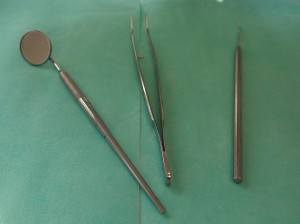 Of course, the real world doesn’t go away when you open and share bottles of that kind, although sometimes, like last night, it feels as if it does for an hour or two. Today I had to fly down to Vienna and back to commentate a tasting of Blaufränkisch reds from the Eisenberg appellation in Burgenland, which was seriously exhausting day. Worse follows tomorrow though, because I have to go to Gerhard’s surgery for the second time during this stay in Berlin in order to get that tooth patched up, but as I said, NO, this blog is NOT about dentistry, it’s about the 25th anniversary of the Fall of the Berlin Wall.
Of course, the real world doesn’t go away when you open and share bottles of that kind, although sometimes, like last night, it feels as if it does for an hour or two. Today I had to fly down to Vienna and back to commentate a tasting of Blaufränkisch reds from the Eisenberg appellation in Burgenland, which was seriously exhausting day. Worse follows tomorrow though, because I have to go to Gerhard’s surgery for the second time during this stay in Berlin in order to get that tooth patched up, but as I said, NO, this blog is NOT about dentistry, it’s about the 25th anniversary of the Fall of the Berlin Wall.
PS When I visited Gerhard Gneist for the treatment of that tooth I found out that it was actually still alive and I was therefore lucky not to have experienced some severe pain.


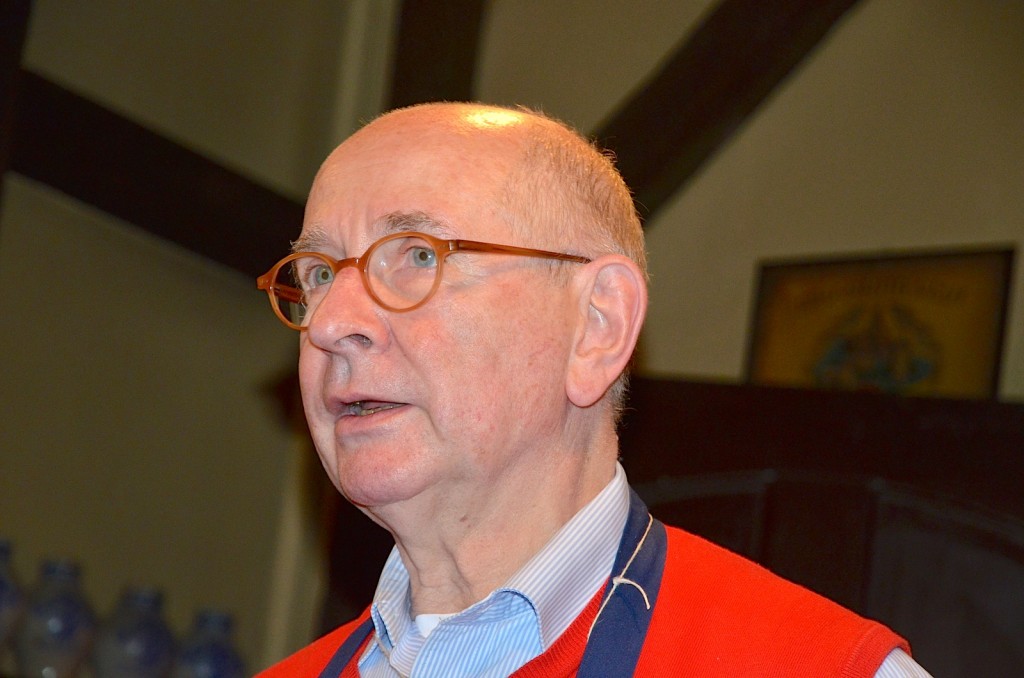
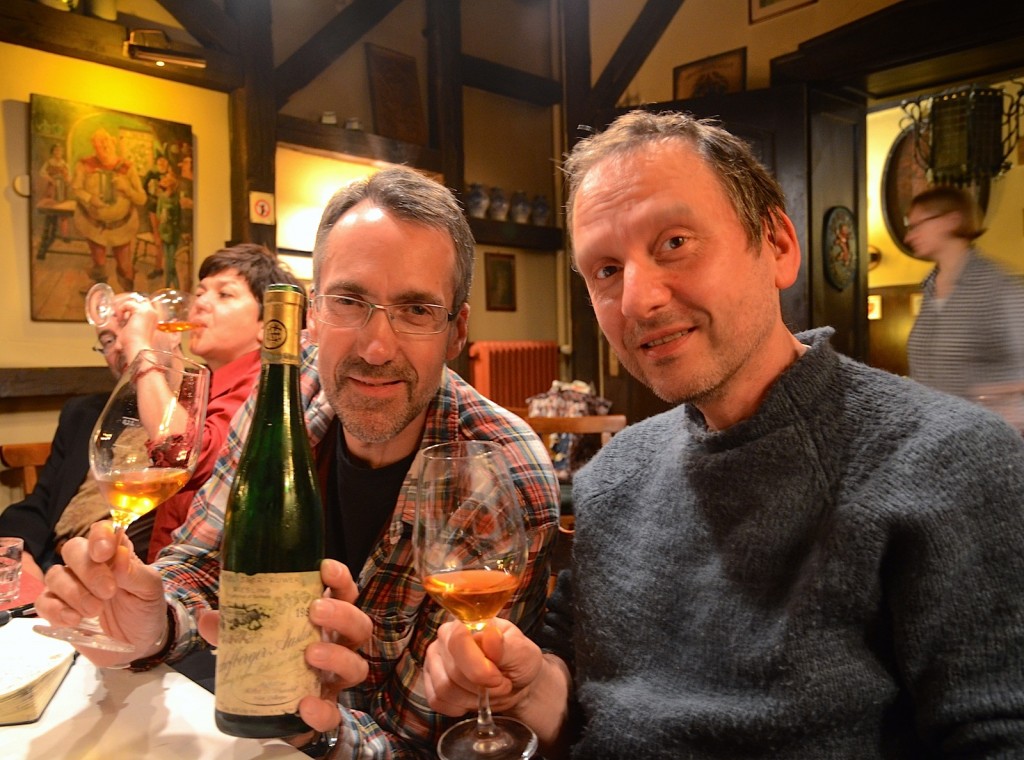
![120114_riesling_global_RZ [1600x1200]](http://www.stuartpigott.de/wp-content/uploads/2014/11/120114_riesling_global_RZ-1600x12002.jpg)
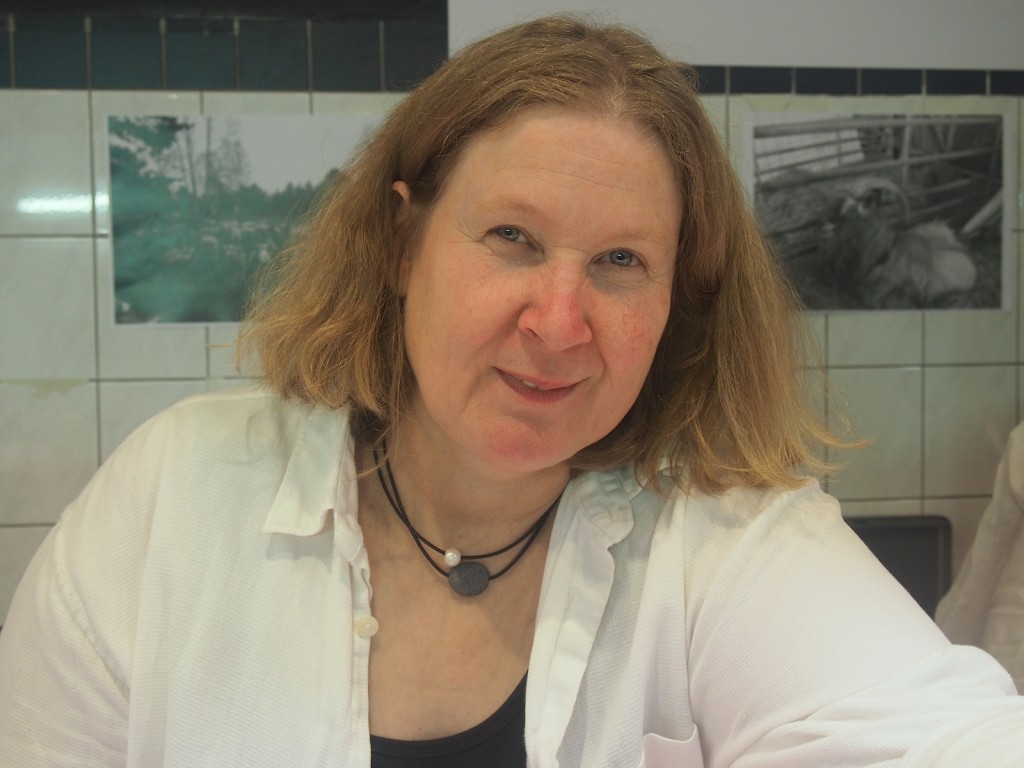
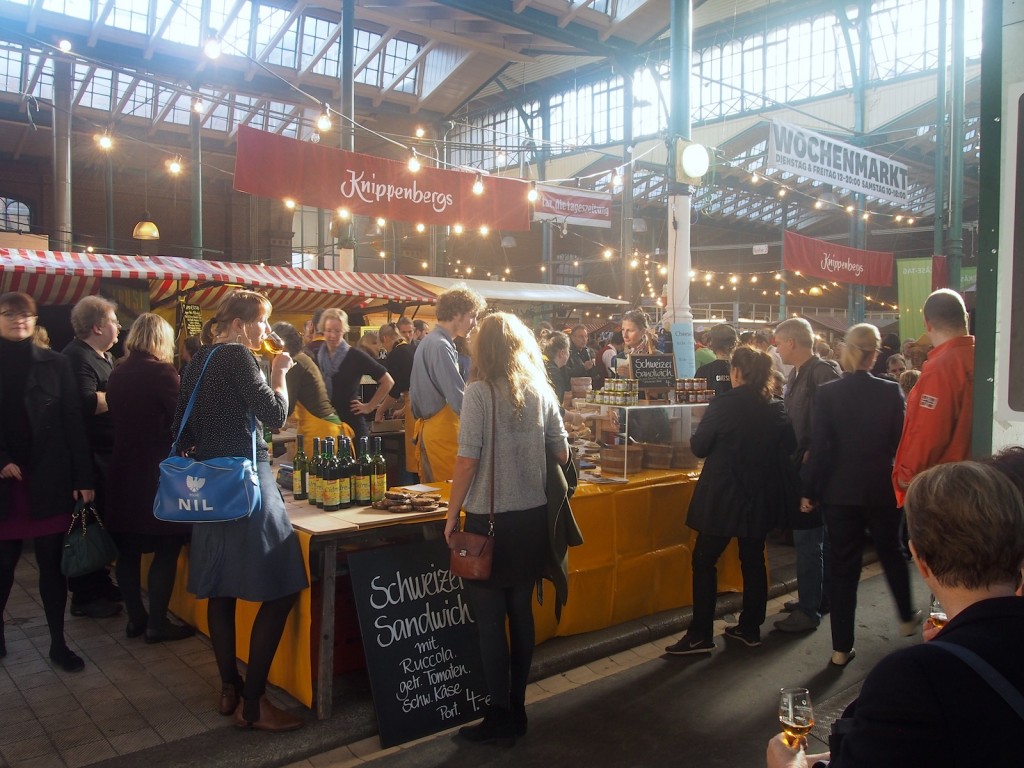
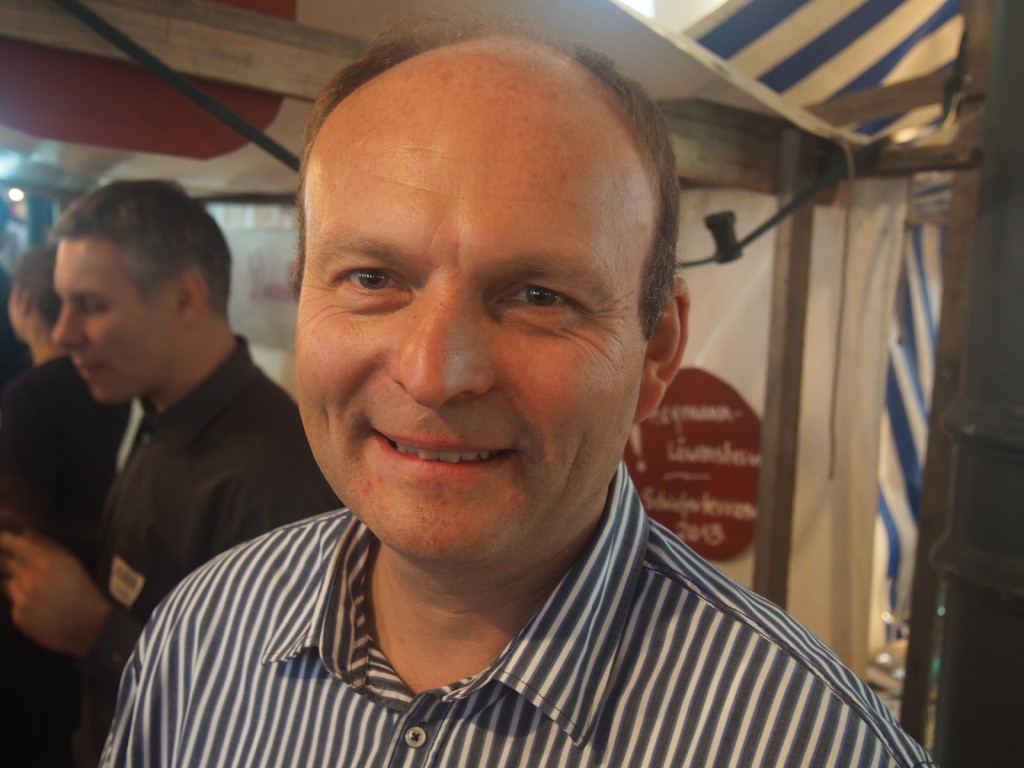
![120114_riesling_global_RZ [1600x1200]](http://www.stuartpigott.de/wp-content/uploads/2014/11/120114_riesling_global_RZ-1600x12001.jpg)
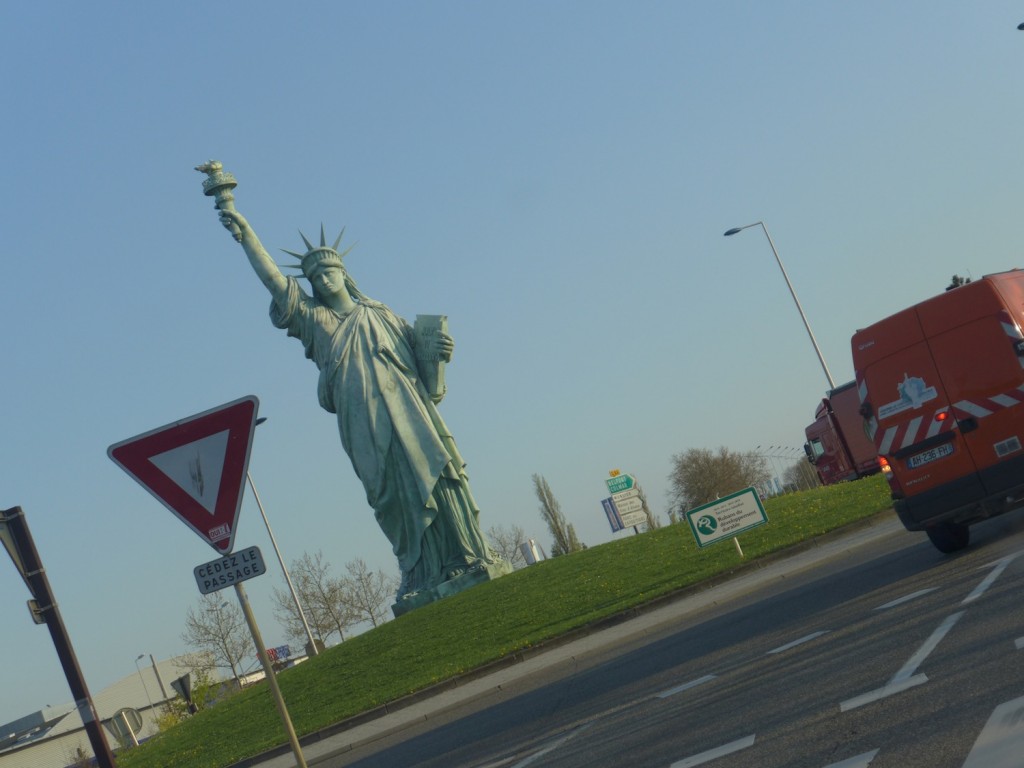
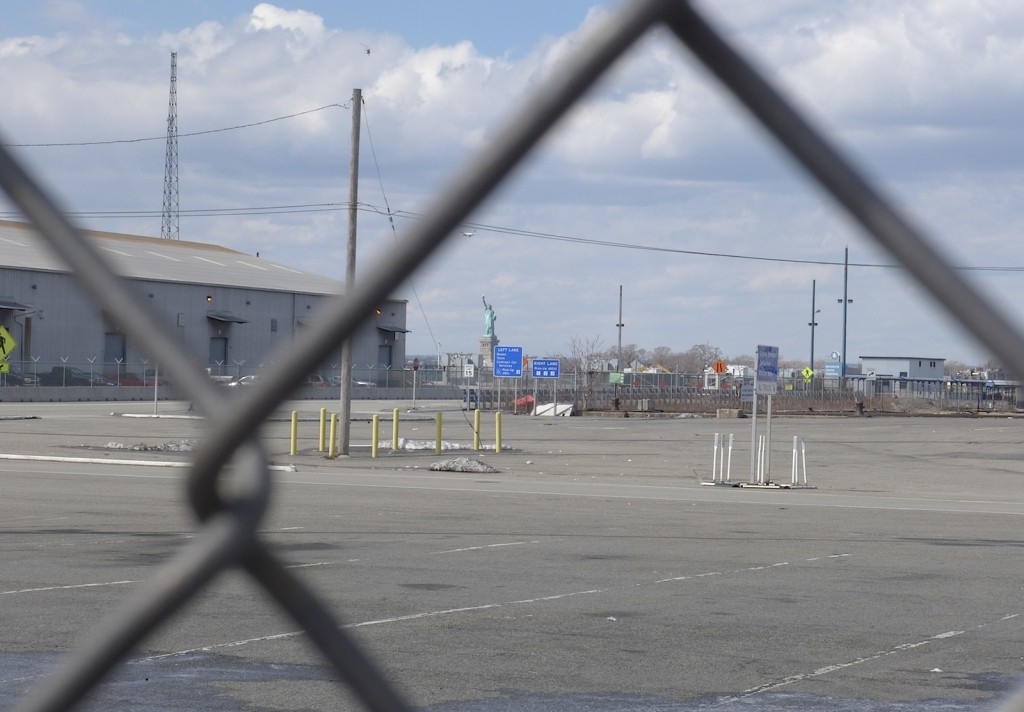
![120114_riesling_global_RZ [1600x1200]](http://www.stuartpigott.de/wp-content/uploads/2014/11/120114_riesling_global_RZ-1600x1200.jpg)
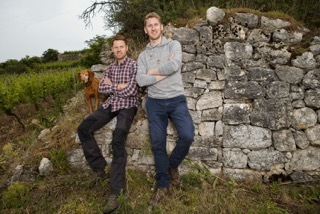
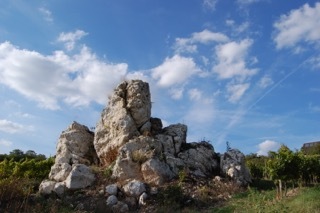
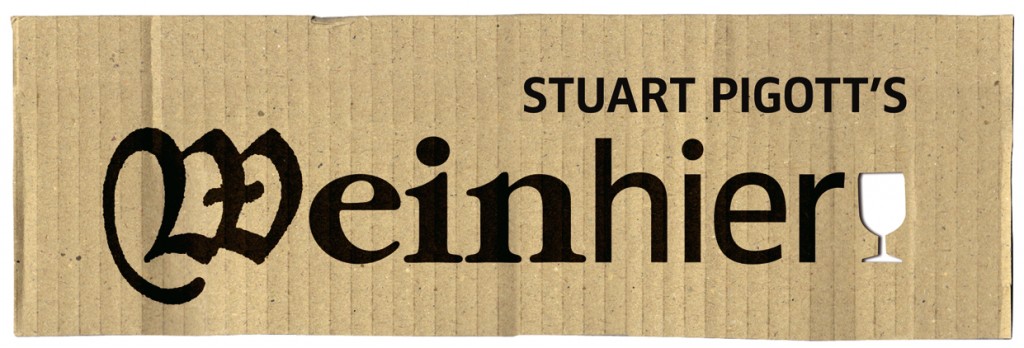
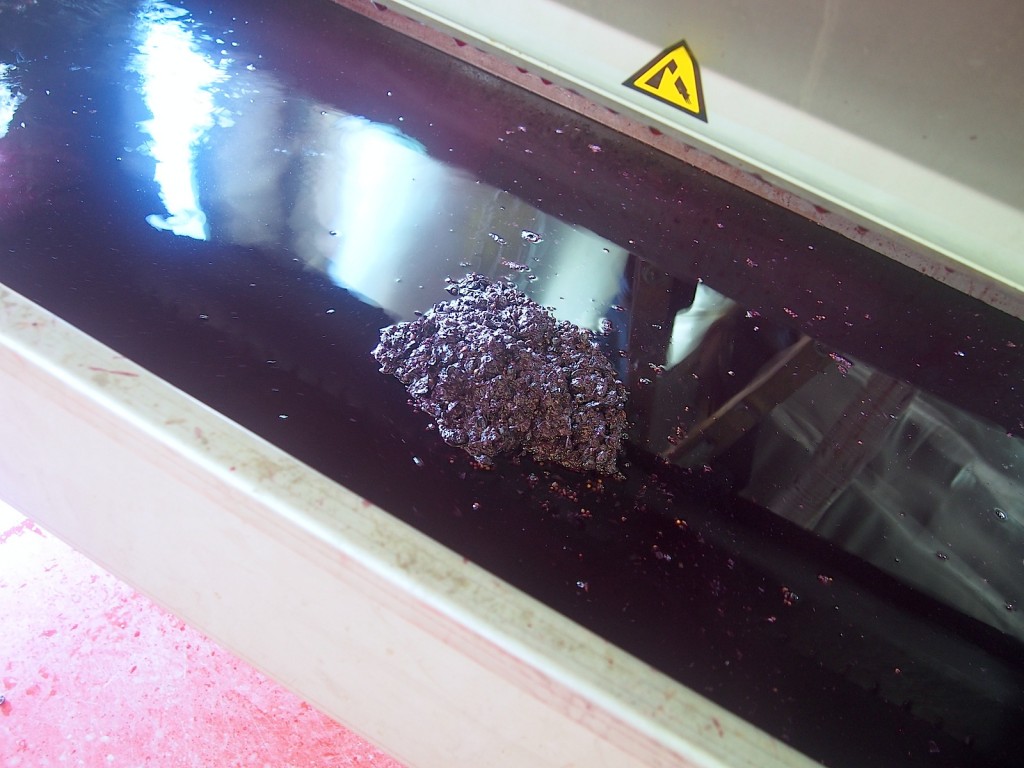
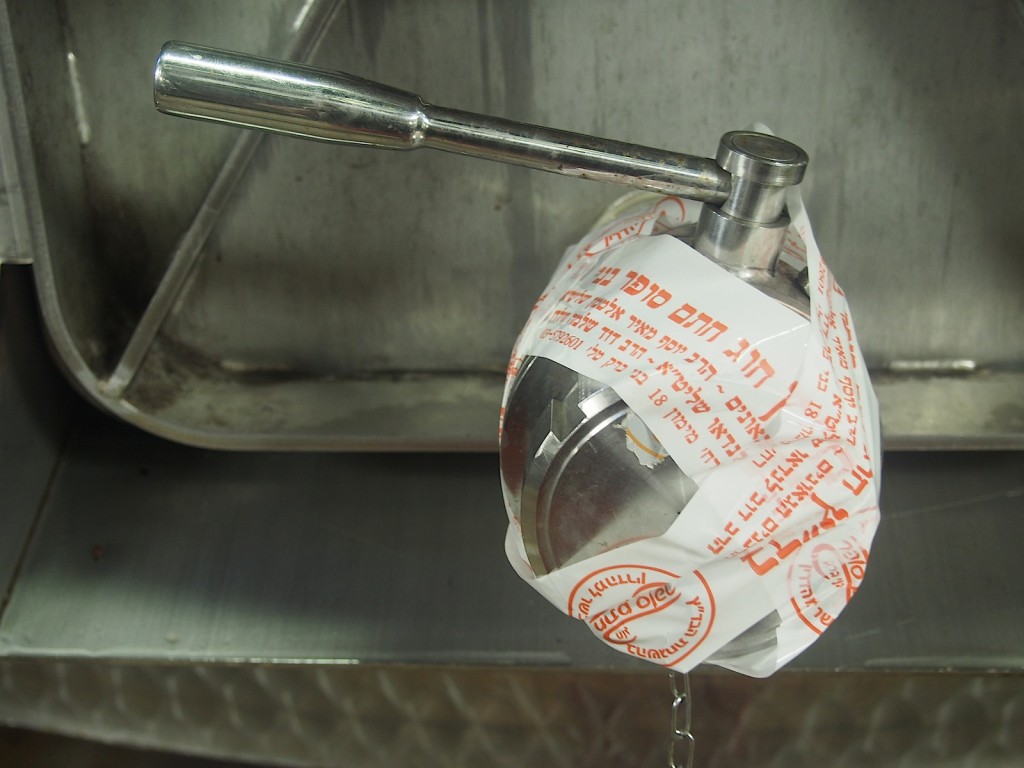
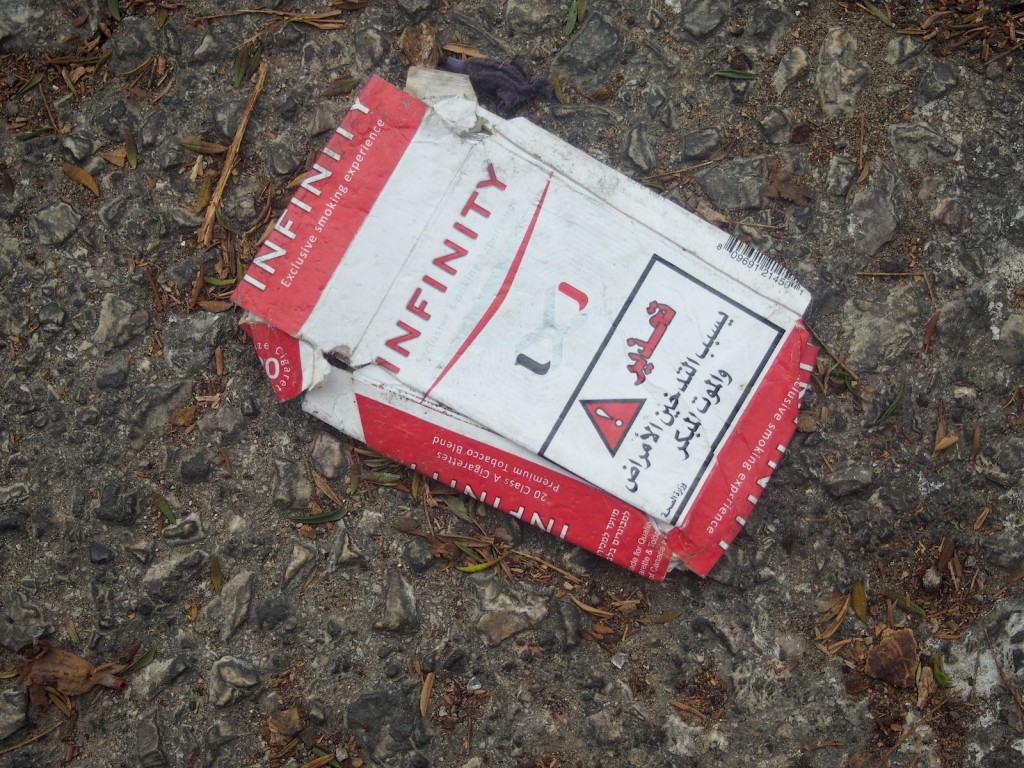
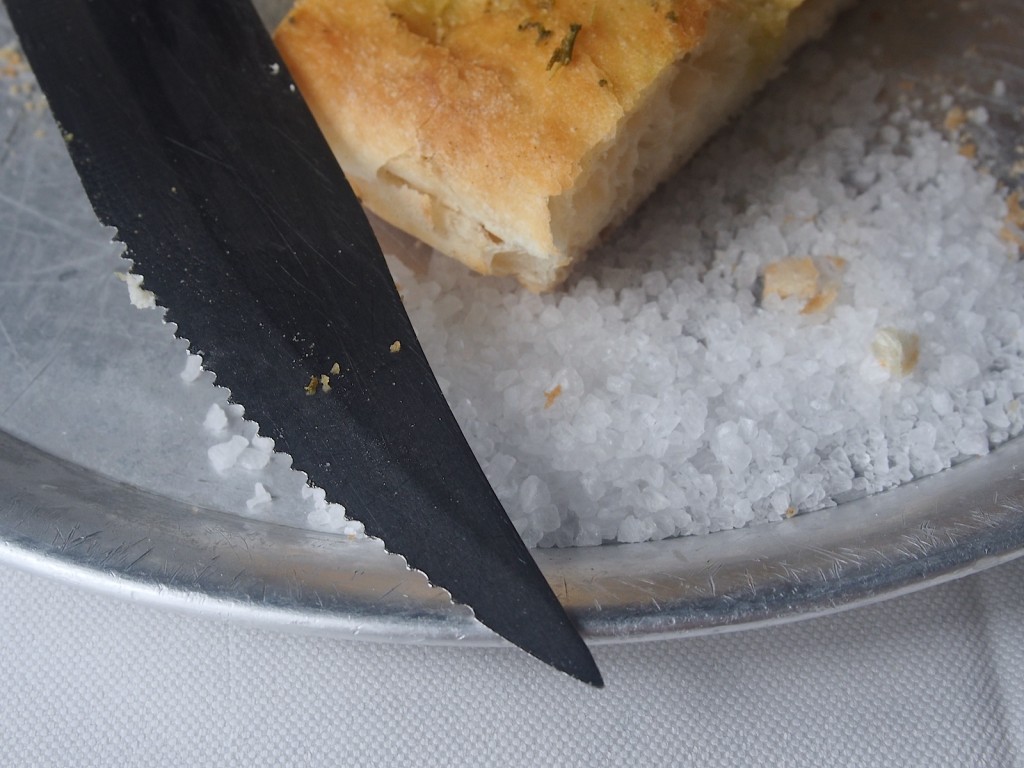
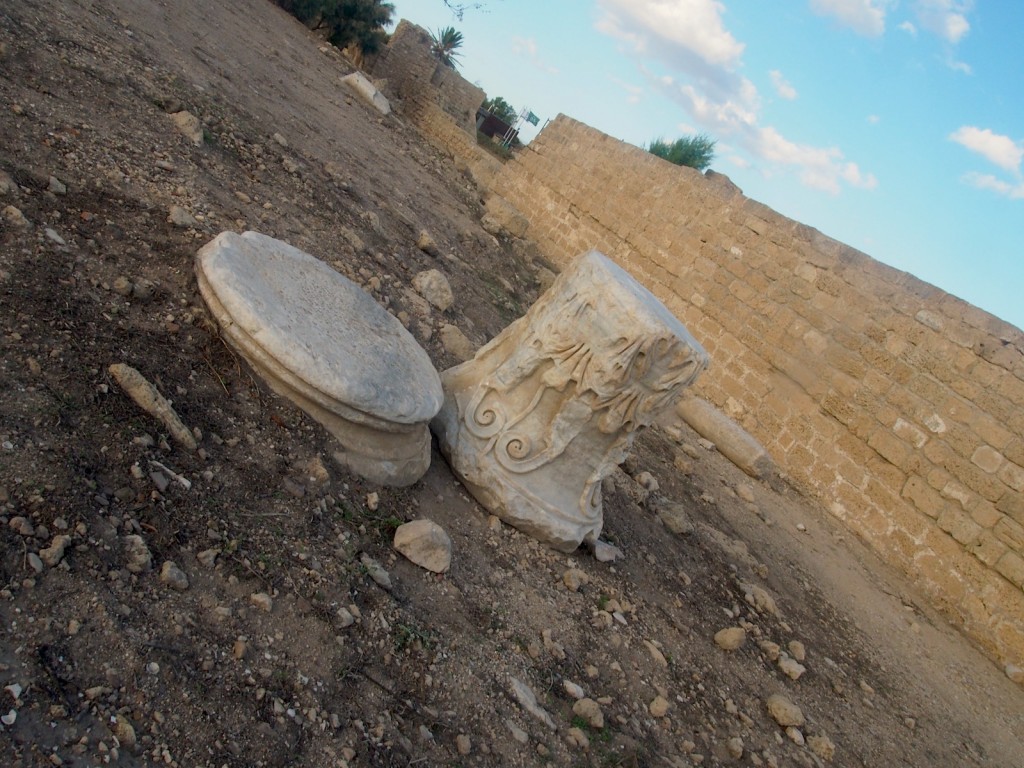
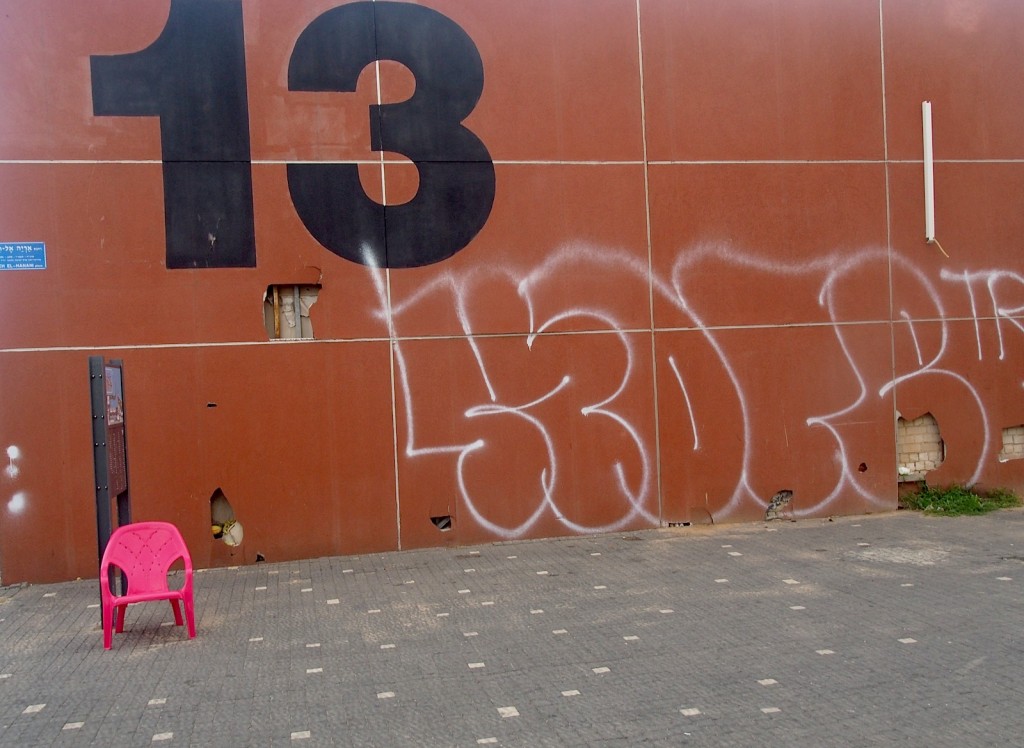


![120114_riesling_global_RZ [1600x1200]](http://www.stuartpigott.de/wp-content/uploads/2014/10/120114_riesling_global_RZ-1600x120012.jpg)
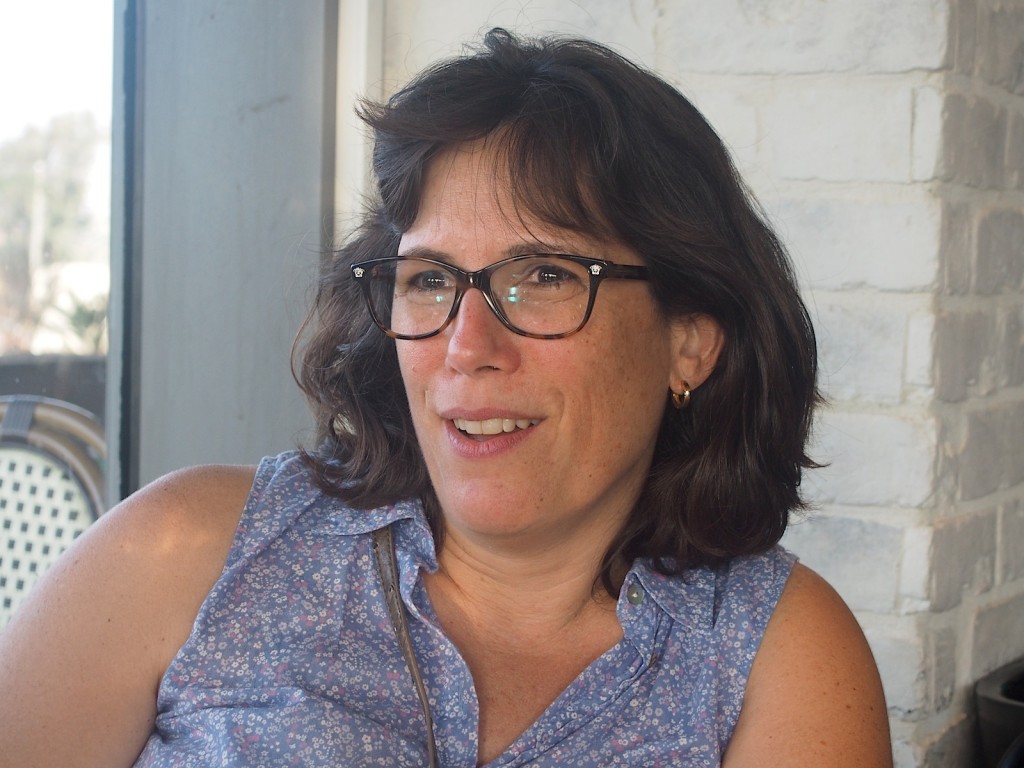
![120114_riesling_global_RZ [1600x1200]](http://www.stuartpigott.de/wp-content/uploads/2014/10/120114_riesling_global_RZ-1600x120011.jpg)
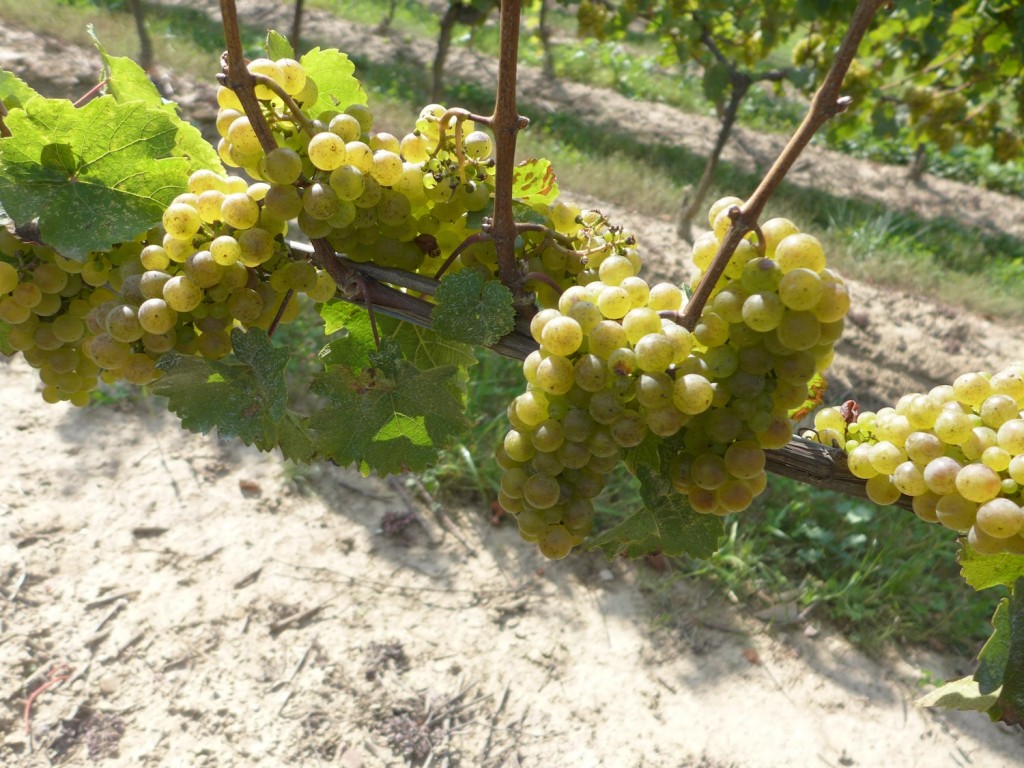
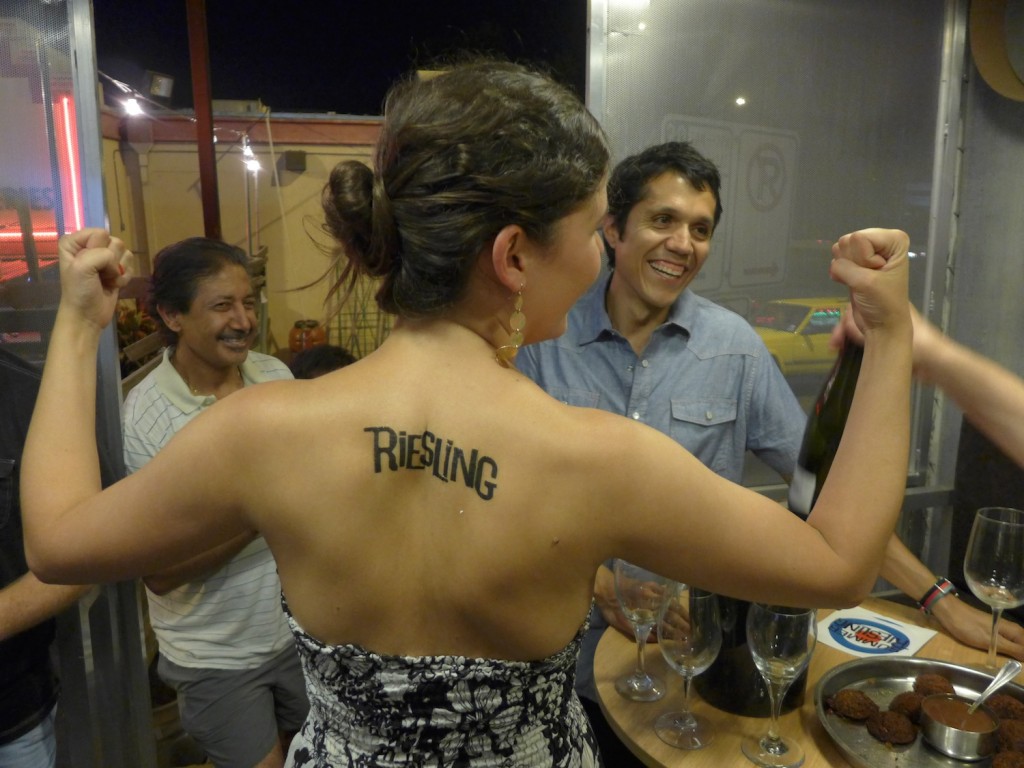
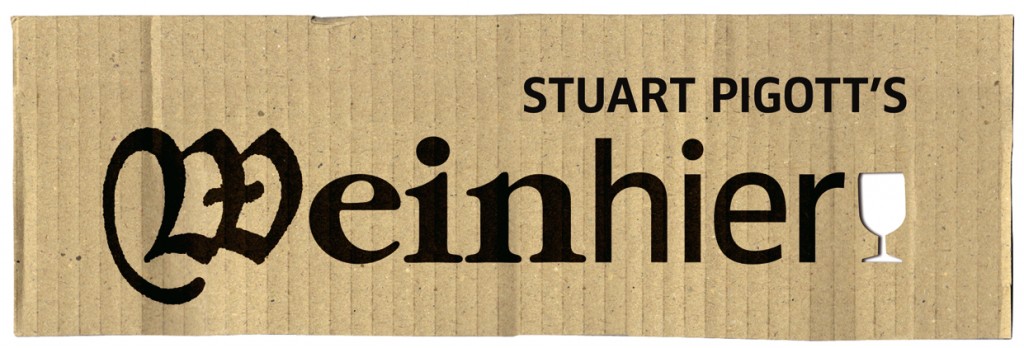
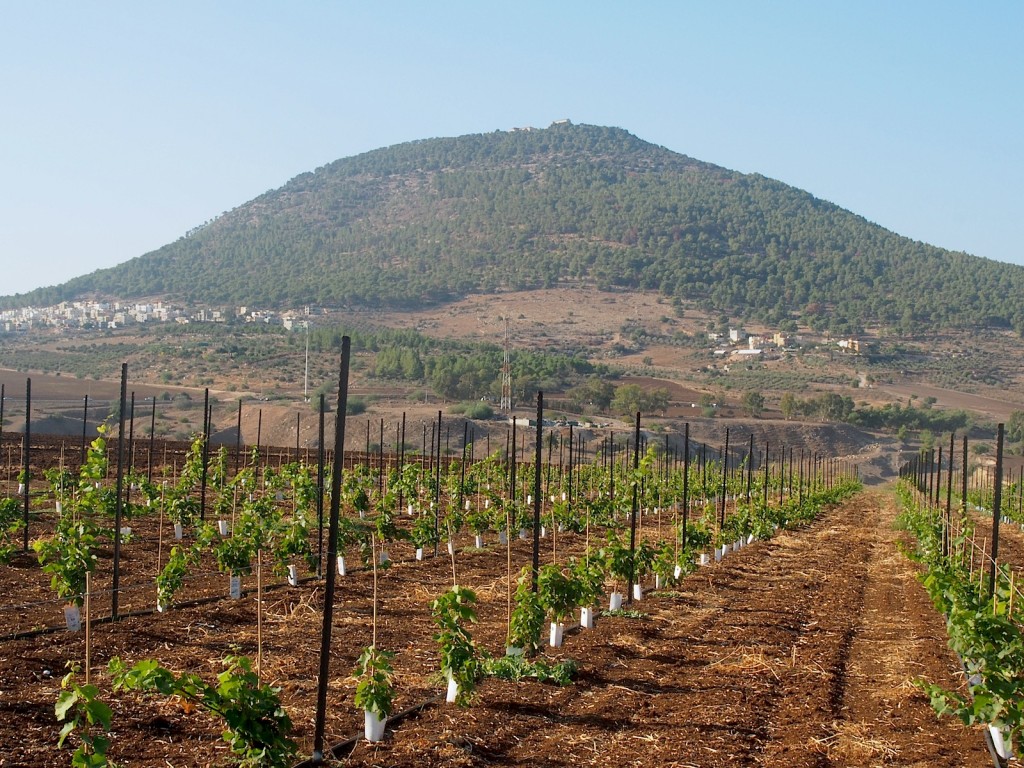
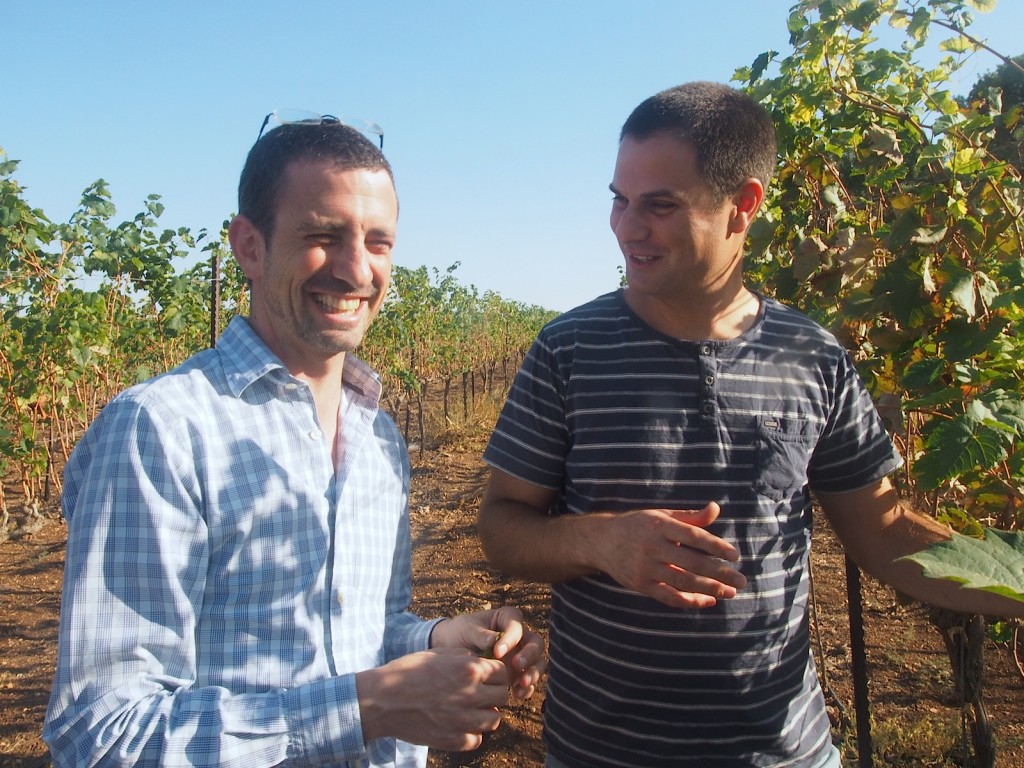
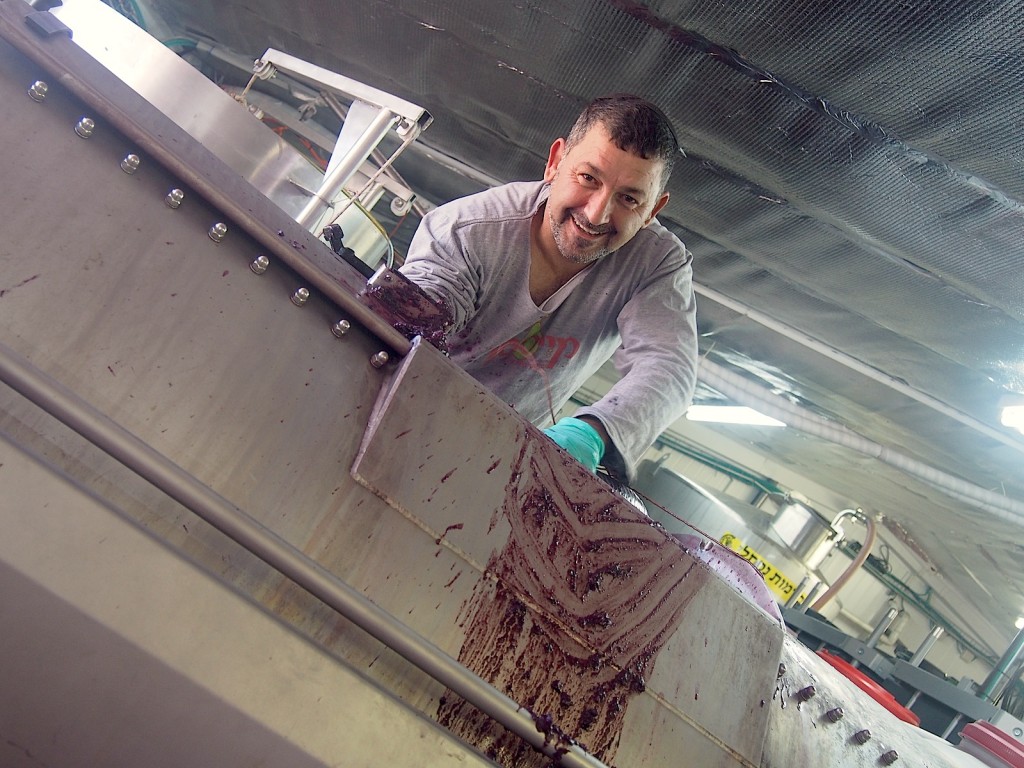
![120114_riesling_global_RZ [1600x1200]](http://www.stuartpigott.de/wp-content/uploads/2014/10/120114_riesling_global_RZ-1600x120010.jpg)
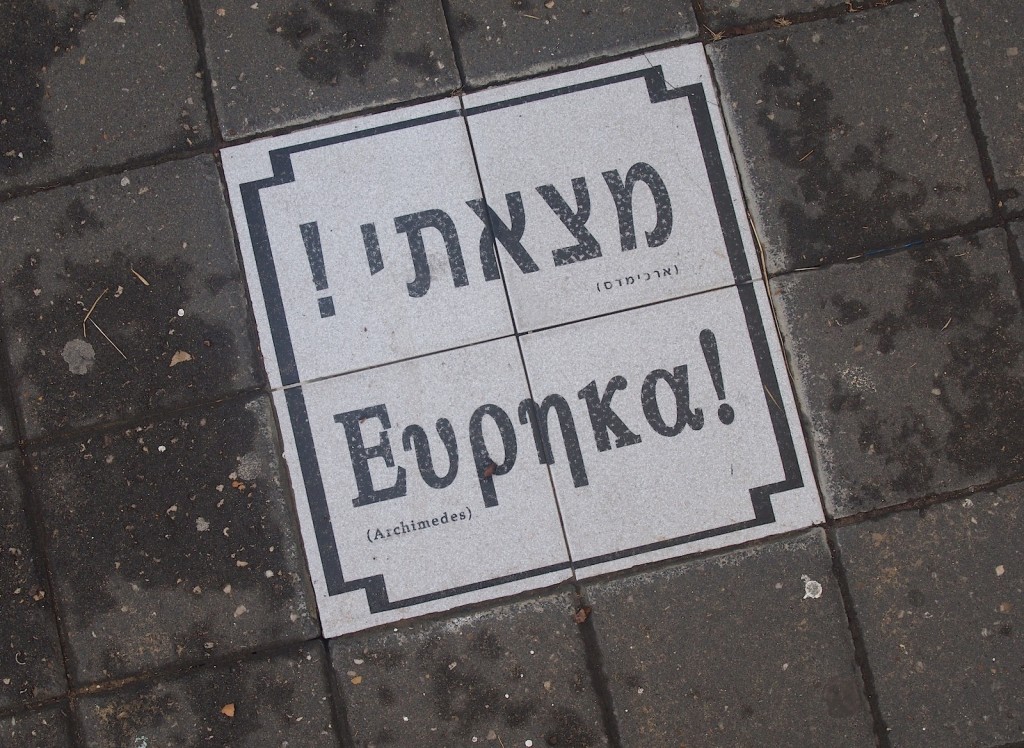
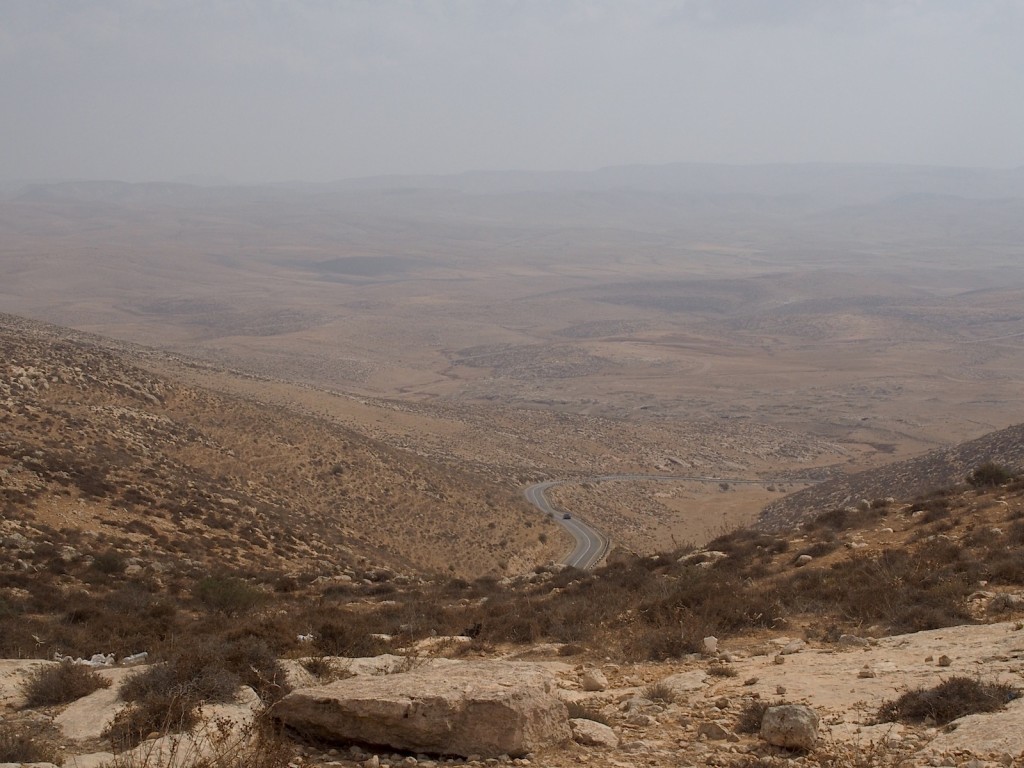
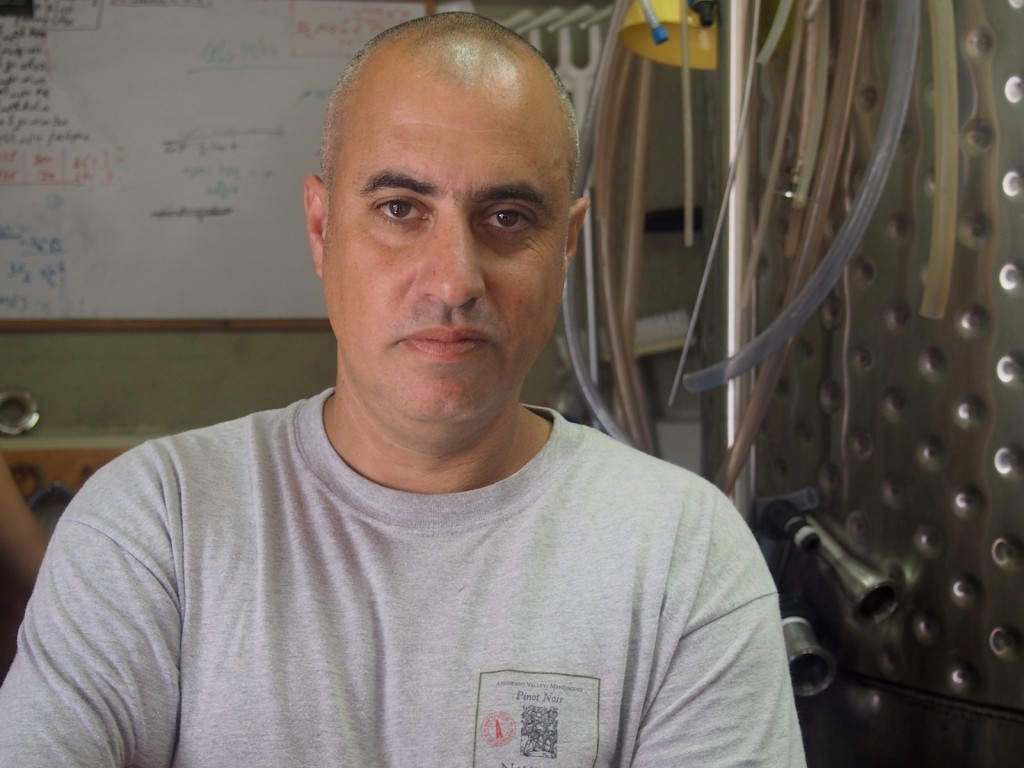
![120114_riesling_global_RZ [1600x1200]](http://www.stuartpigott.de/wp-content/uploads/2014/10/120114_riesling_global_RZ-1600x12009.jpg)

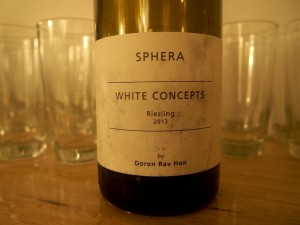
![120114_riesling_global_RZ [1600x1200]](http://www.stuartpigott.de/wp-content/uploads/2014/10/120114_riesling_global_RZ-1600x12008.jpg)